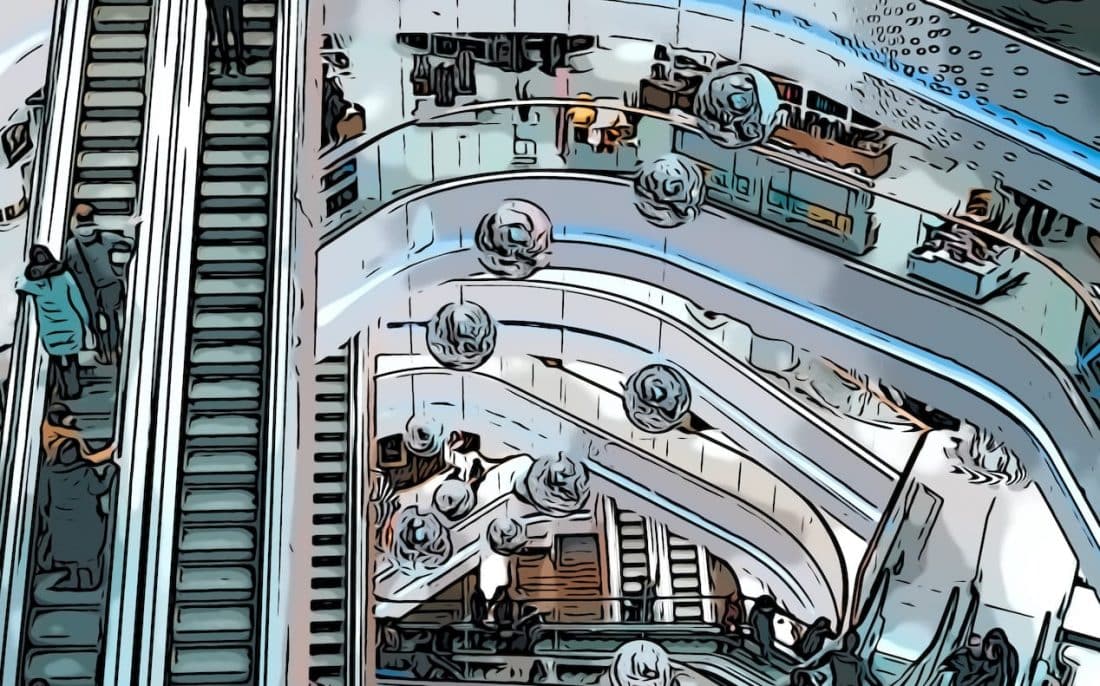The retail industry is evolving rapidly. The way that consumers shop is changing. The line between online and offline is blurring and more retailers are adopting a data first strategy, helping to understand how their customers are behaving and ensuring that they can match the right person the best product.
Retail data analytics is the new normal. The brands that have access to high-quality data, and know how to use it, are the ones that will deliver unprecedented value to their customers. Let’s look at how big data can be used in retail analytics to gain a powerful competitive advantage in a highly competitive space.
Complete understanding of customers
Big data analytics can help retailers understand customer trends in great detail. Behavioural analytics help retailers to predict what the next big trend will be based on these data sets. This kind of insight can have a positive impact across the retail business strategy.
This helps brands identify new preferences much quicker, helps them to avoid churn and ensures that acquisition costs are kept to a minimum. Data sets based on how consumers behave online can help retailers to predict what will be the next must-have items, for example.
Other predictive datasets include location, which provides an understanding of the demographics that visit your stores. This allows retailers to adapt to their changing customer base. For example, there might be a growing number of millennials visiting your stores. Learning this in real-time allows retailers to be proactive. This could be in terms of the in-store experience -it could make sense to open a specific area with products relevant to these demographics.
Customization and personlized promotions
Retail marketing means matching customers to a product like never before. Big data is making this easier than ever before. Big Data Integration allows businesses to consolidate and analyze data from multiple sources, enhancing customer insights. Predictive analytics can help you find the right customer for your product with incredible accuracy.
Data sets that include location can help you understand exactly how consumers behave. This helps retailers to create a better understanding of their customers and create better targeting solutions that provide value and personalize communications.
In-feed targeting can be a hugely effective way to reach the right customer with the right message when the right data sets are used. Data sets that can tell you how customers interact with your brand online and offline allows retailers to provide highly contextual communications.
This level of personalization also helps to optimise media spend and ensure that you are reaching the right consumers with the right message.
Get in touch to see how data can transform your retail strategy
Physical store layout
Personalisation also includes the in-store experience. Big data provides retailers with high-level insights around how consumers move in their retail stores.
These datasets allow brands to analyse store behaviour and measure the impact of marketing spend in store.
Big data in retail stores can provide a competitive advantage in cross-selling and it can significantly boost the power of in-store promoting.
As well as this it can provide a powerful method of understanding how to layout physical shopping experiences to maximise engagement and ensure that consumers are provided with optimal smart shopping experiences.
E-commerce marketing strategy
E-commerce is a huge part of the modern retailer’s arsenal. It’s vital that brands can leverage retail data analytics to help make the experience seamless.
Customers want an online shopping experience that follows on naturally from their store visits. They want the two to work together without any issues. Services like click and collect as well as abandoned baskets messages are seen as a something consumers expect from top brands.
Big data can help to fill in the gaps that allow retailers to link the Ecommerce world to the physical retail store and provide a seamless shopping experience for consumers. Linking Ecommerce to the physical store and ensuring that consumers can find solutions easily is a major benefit of big data in retail.
Order management
Behind the scenes, big data can help to inform the supply chain and optimize production. This means that customers aren’t disappointed when a trend takes off and the product is out of stock.
Using big data in retail supply chains is instrumental in predicting trends and ensuring stock is in the right place. When big retail events hit, such as Black Friday, data set such as location insights can be instrumental to monitor areas where there is increased demand to allow retailers to react to changing demand and trends.
Big data in retail helps brands to answer questions that are crucial to growing a modern retail business. It helps you to answer these questions quicker than ever before:
- Who are your customers?
- What motivates them to visit?
- What engages them?
- How do they behave outside of your store?
- How can you target them?
To find out how location data and location intelligence can help your business please get in touch with our team.
James is the head of marketing at Tamoco

